Religiously, Good Friday is a day that Christians spend in reflection and in remembering the crucifixion of Jesus. But for children, its themes of sacrifice and redemption might be a little out of reach or hard to understand.
That's why parents and teachers need to find newer and more interesting ways to explain to children what Good Friday means and why it is so important to be compassionate, grateful and mindful. In this article, we will explain how to introduce children to Good Friday traditions and how to celebrate them with modern ideas and environmental practices.
Why should children be taught about Good Friday?
Exposing children to the importance of Good Friday is the first step to building an understanding of their faith and values. It is a chance to teach children compassion, gentleness and respect and tell the story of Jesus Christ’s crucifixion. Children can be given interesting lessons and activities that will make the Good Friday celebrations very interesting for them.
1. Storytelling
One of the best ways to teach children about Good Friday and its importance is through storytelling. You can tell them the story of Jesus Christ, and how he was crucified, and explain to them in a simple way and in a way that they will understand why the day is important.
As you read the story, make it more appealing by having picture books, illustrated Bibles, or even homemade picture frames. Acting out scenes from the Passion story with the help of props or role-play may be helpful. This makes the story more realistic and the children can think about the values of sacrifice, forgiveness and love.
2. Crafting Activities
Through touch, children may be able to understand the customs of Good Friday through artistic experiences. Encourage them to create their symbols of the day, such as:
- Crosses: Make crosses out of recycled or sustainable material and the message of environmental stewardship and spirituality.
- Stations of the Cross Art: Ask children to draw or paint each station and explain what it means as they do.
- Prayer Cards: Then ask them to write a few prayers or their thoughts about what Good Friday means.
These activities can also be used as a jumping-off point for a discussion on the importance of recycling and using recycled items for crafts in addition to teaching children more about Good Friday.
3. Perform Small Acts of Service
Since it is a day of sacrifice and giving for others, it is a great day to explain to children the importance of volunteering. Encourage them to engage in acts of service, such as:
- Sharing toys, clothes or books with the needy.
- Engaging in community clean-up exercises.
- Make care packages for your neighbors or family members.
These activities are related to Good Friday and at the same time teach children the value of sharing. Adding sustainable products, such as reusable packaging or environmentally friendly supplies, to these efforts adds to the message of stewardship of people and the environment.
4. A Basic Meal
Children should be able to associate food with traditions. If you like, cook a simple Good Friday meal of bread and soup and talk about why people fast or eat little on this day. These traditions teach thankfulness, self-acknowledgement, and the suffering of Jesus Christ.
Teach about sustainability by buying local produce and avoiding food wastage or by using utensils and containers that would be easily washed and reusable. Not only do they learn more about Good Friday, but also about the idea of consuming mindfully.
5. Prayer and reflection activities
You can teach children to pray or to think about what Good Friday means and how it is important. Consider these interactive approaches:
- Create a Prayer Garden: Buy flowers or small plants for a garden or pot because it will be associated with growth and new beginnings. This activity connects the Good Friday celebration with the Easter celebration.
- Write a Gratitude List: Teach children to write down things they are grateful for so they learn to be more mindful of what they have.
- Meditation or Quiet Time: Take a few minutes to pause the class and have the children think about how they can be kind in honour of Good Friday.
When these activities are combined with a conversation about the values of sustainability and stewardship, the children gain knowledge of faith and environmentalism.
6. Technology Enhanced Learning and Teaching
Good Friday should be taught to children using age-appropriate videos, apps or any other online resources. In this case, make sure you are searching for content that has animation and storytelling to draw their attention. Virtual visits to historical places such as the Church of the Holy Sepulchre can offer older children more historical and religious information about the day.
To support the message of sustainability, digital materials should be used instead of printed ones, which will save paper and at the same time provide interesting and informative materials.
7. Integrate Nature Activities
Traditions of Good Friday are simple and, if need be, in contact with the divine. Take children outdoors for activities such as:
- Nature Walks: Explain the creation and the stewardship given to mankind.
- Building a Memorial Cross: To make it natural, put a cross made of twigs and stones in a garden or a yard.
- Planting Seeds: Link the act to the Easter promise and plant seeds together to symbolize rebirth and hope.
These activities also help to teach the spiritual aspects of Good Friday and also teach the children the importance of being stewards of the environment.
Conclusion
Good Friday is a chance to explain to children what faith, kindness and accountability are. It is possible to present young children with a memorable Good Friday experience, combining storytelling, creativity and environmentally friendly ideas, that parents and educators can organize.
If you are one of those people who want to make your activities more environmentally friendly and are searching for options for sustainable products, Brown Living offers you a list of such products.
Brown Living offers crafting supplies or environmentally friendly packaging so that you can have a good Friday that is good for the environment, too. Let’s work together to help the next generation be faithful, mindful and caring about the environment.




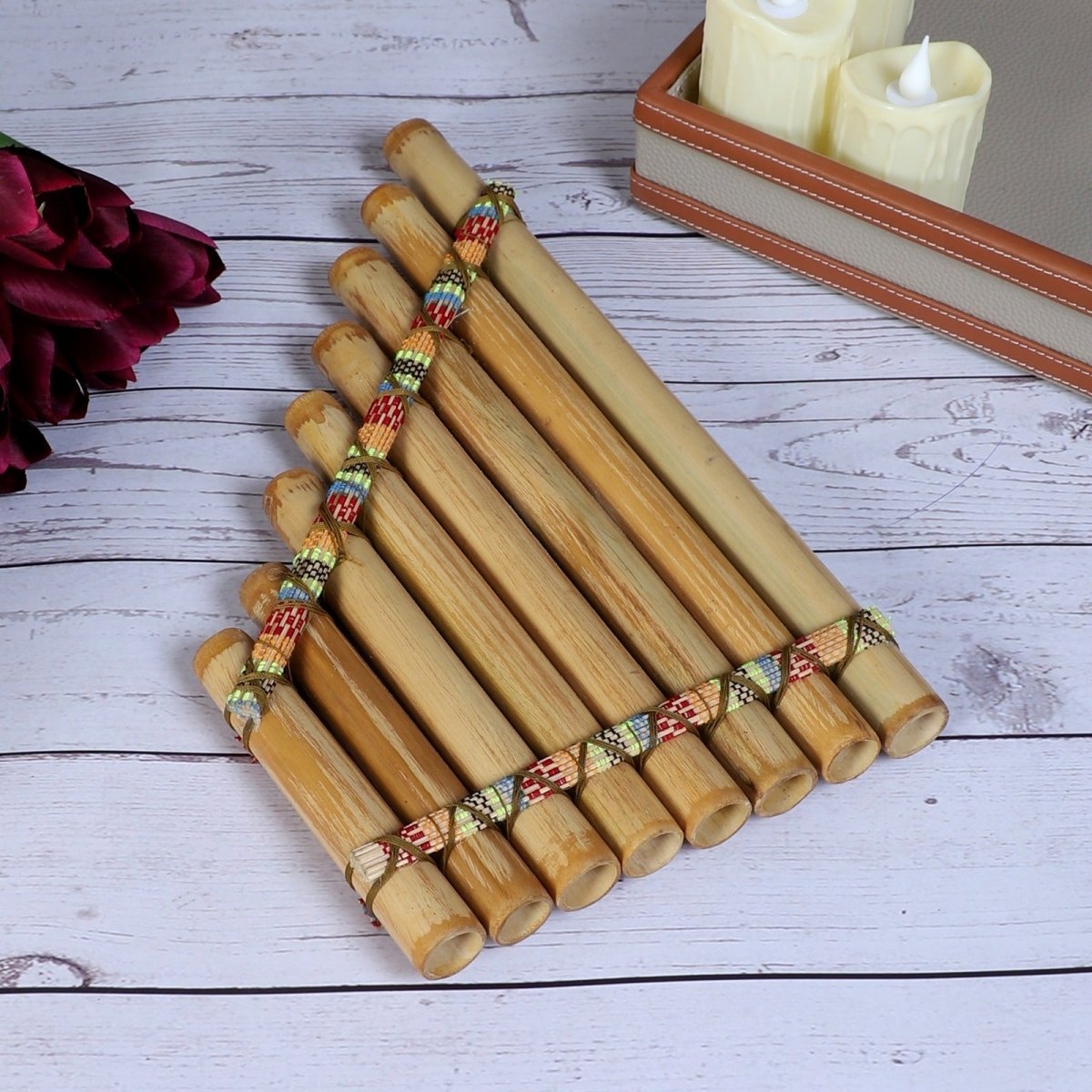



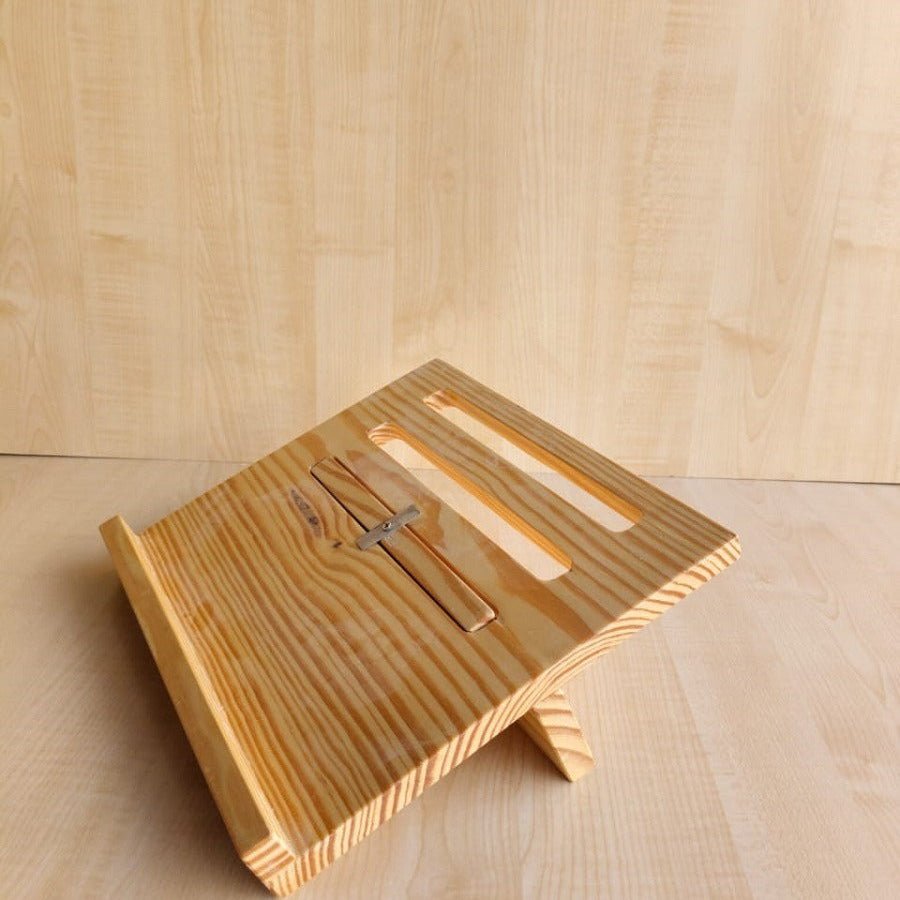


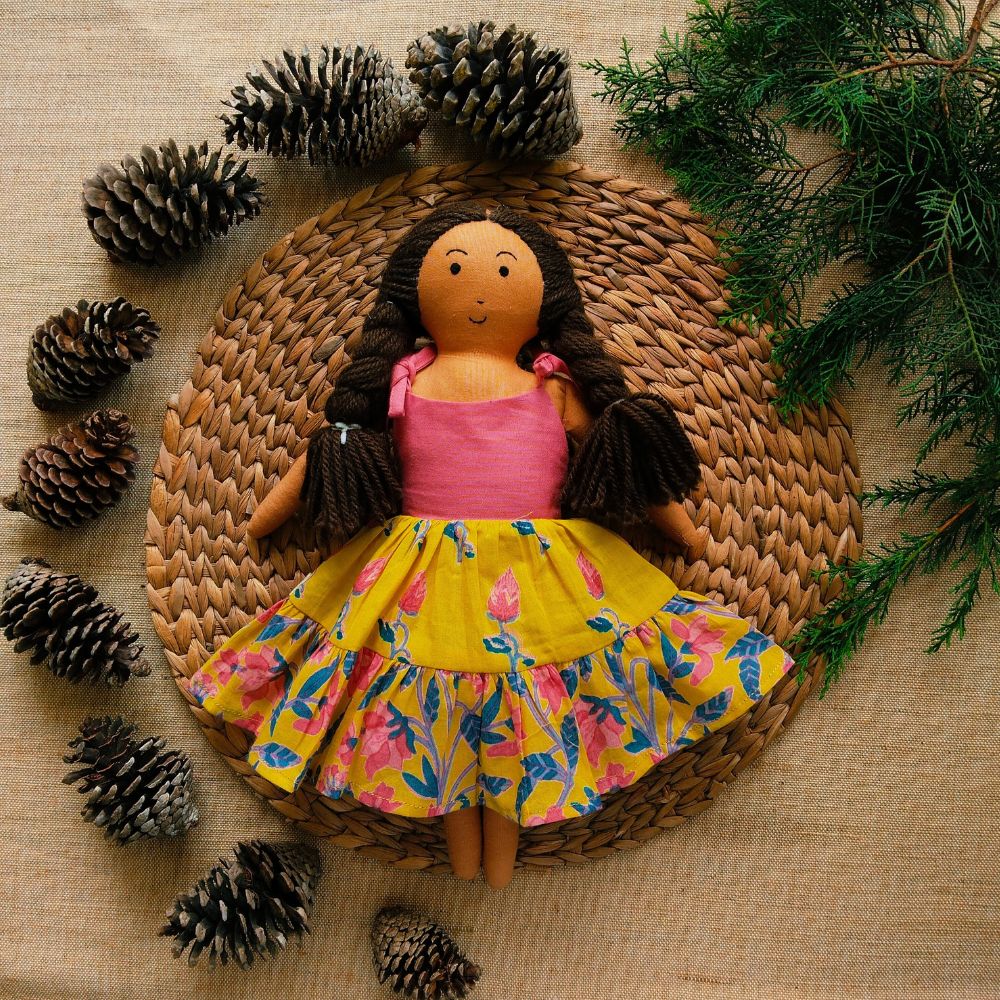
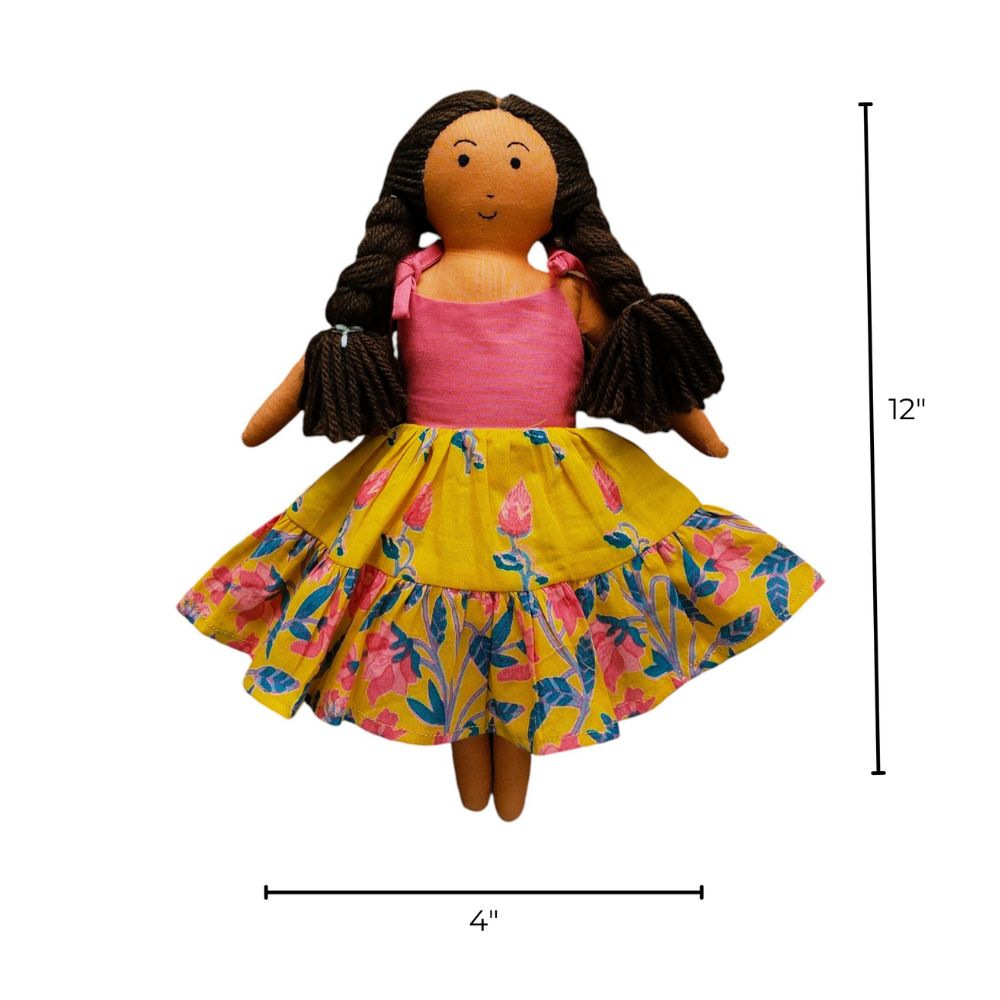
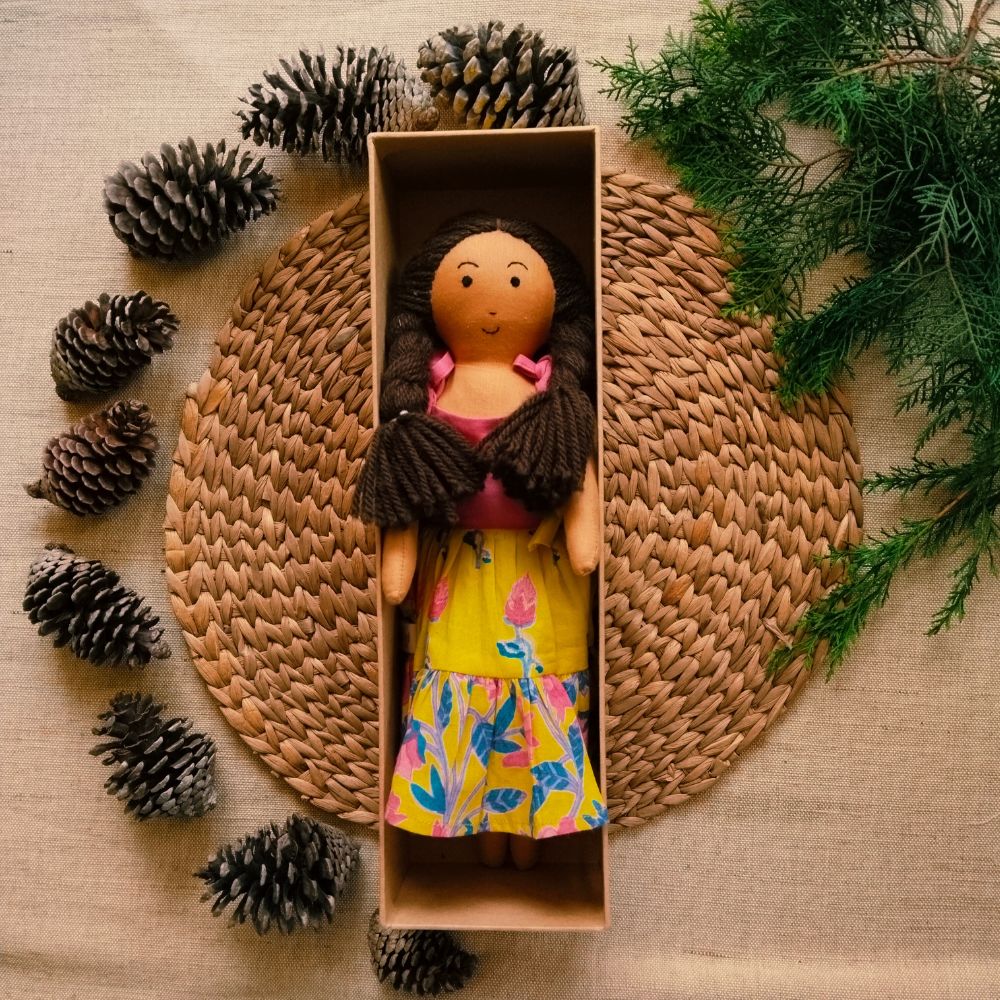



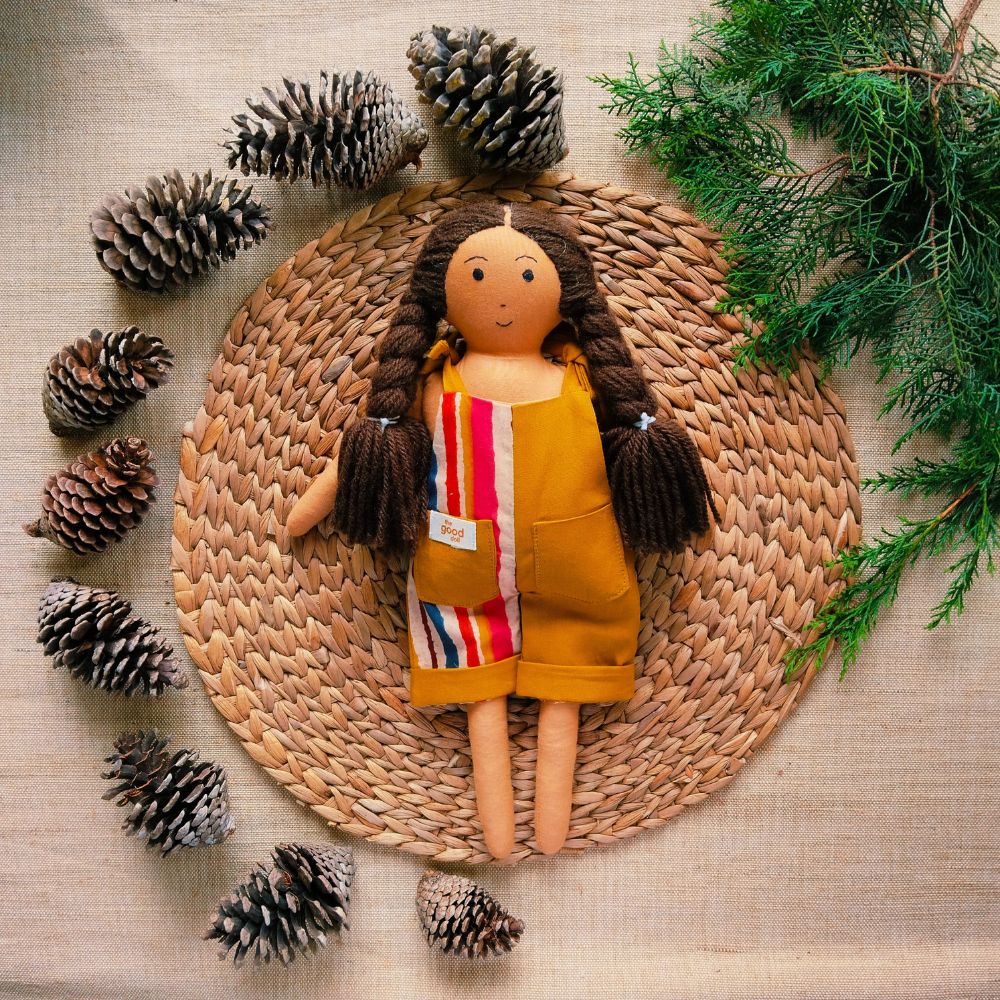
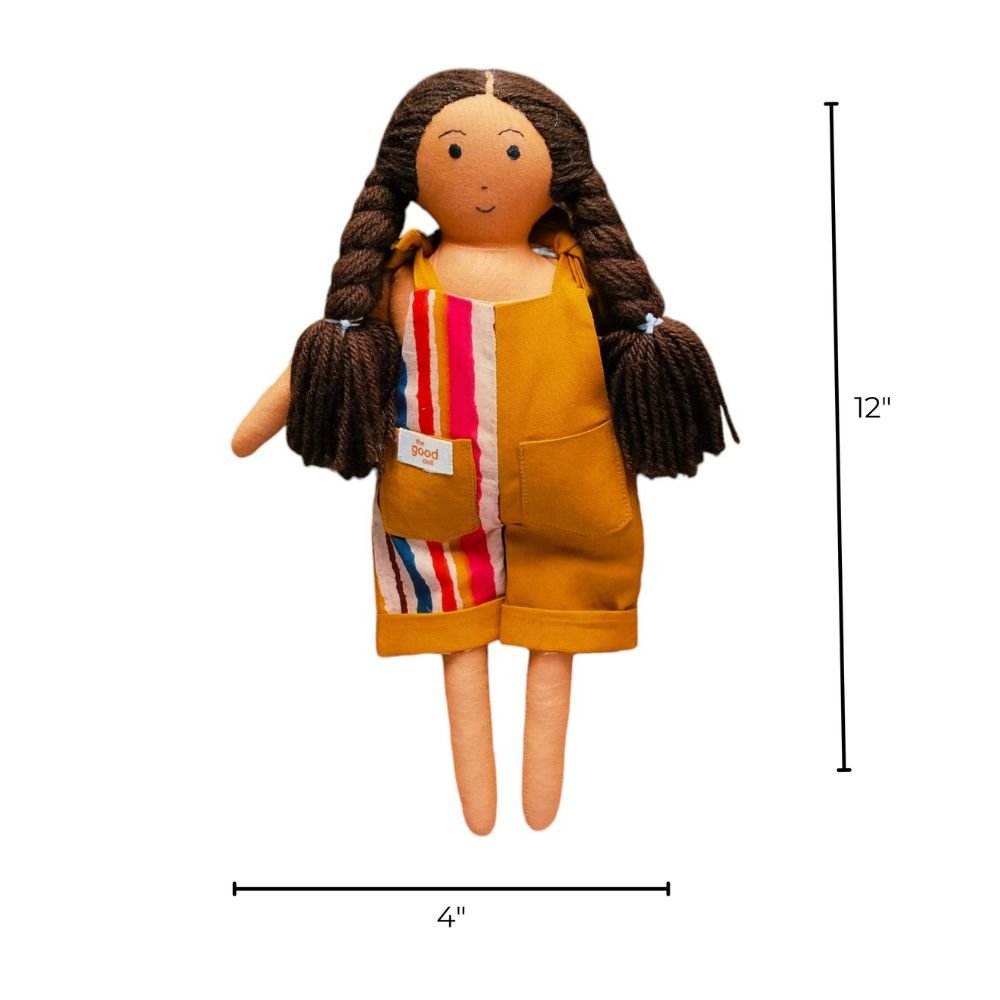

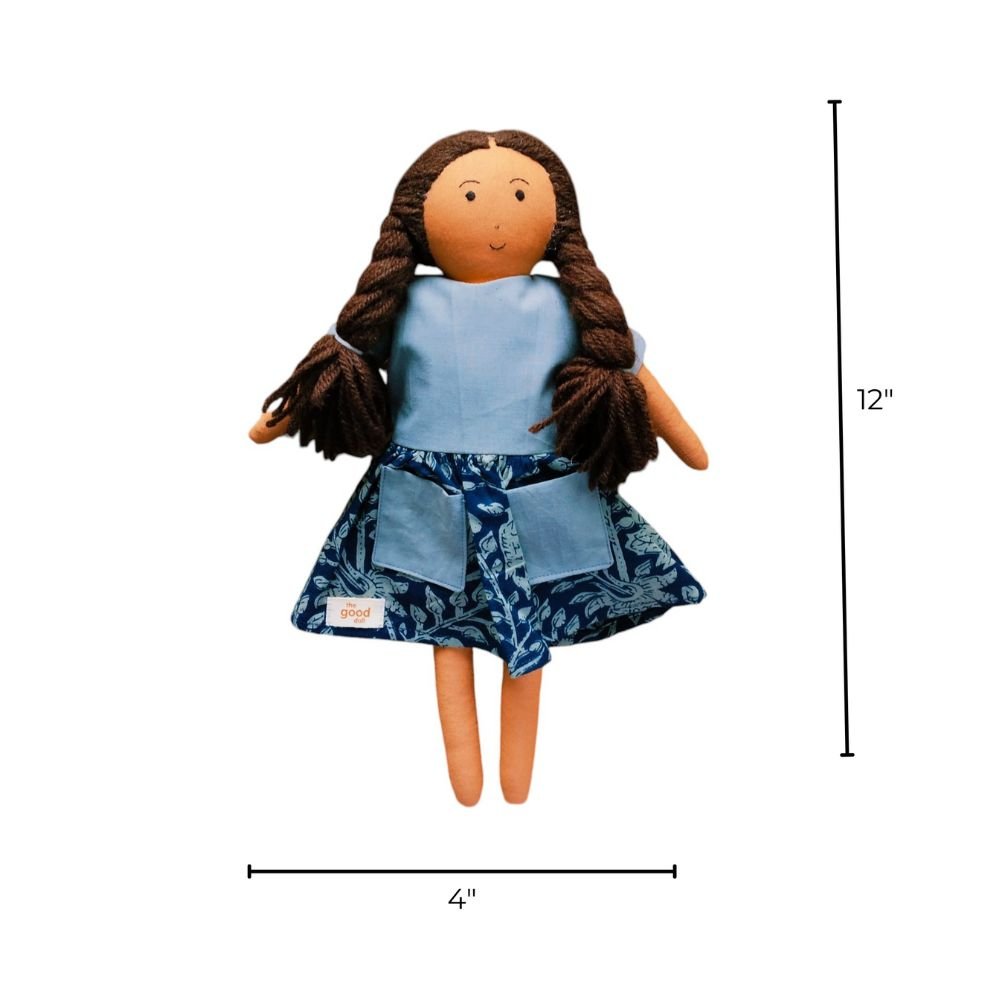
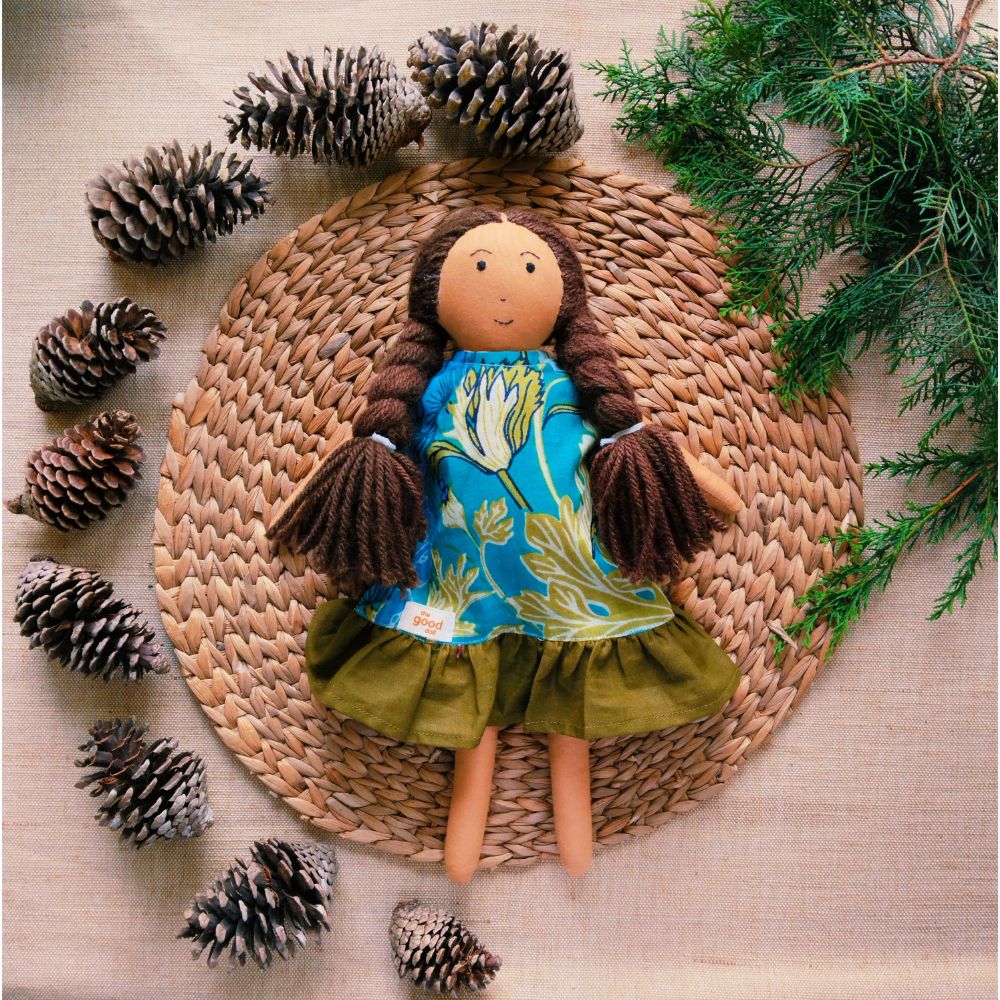
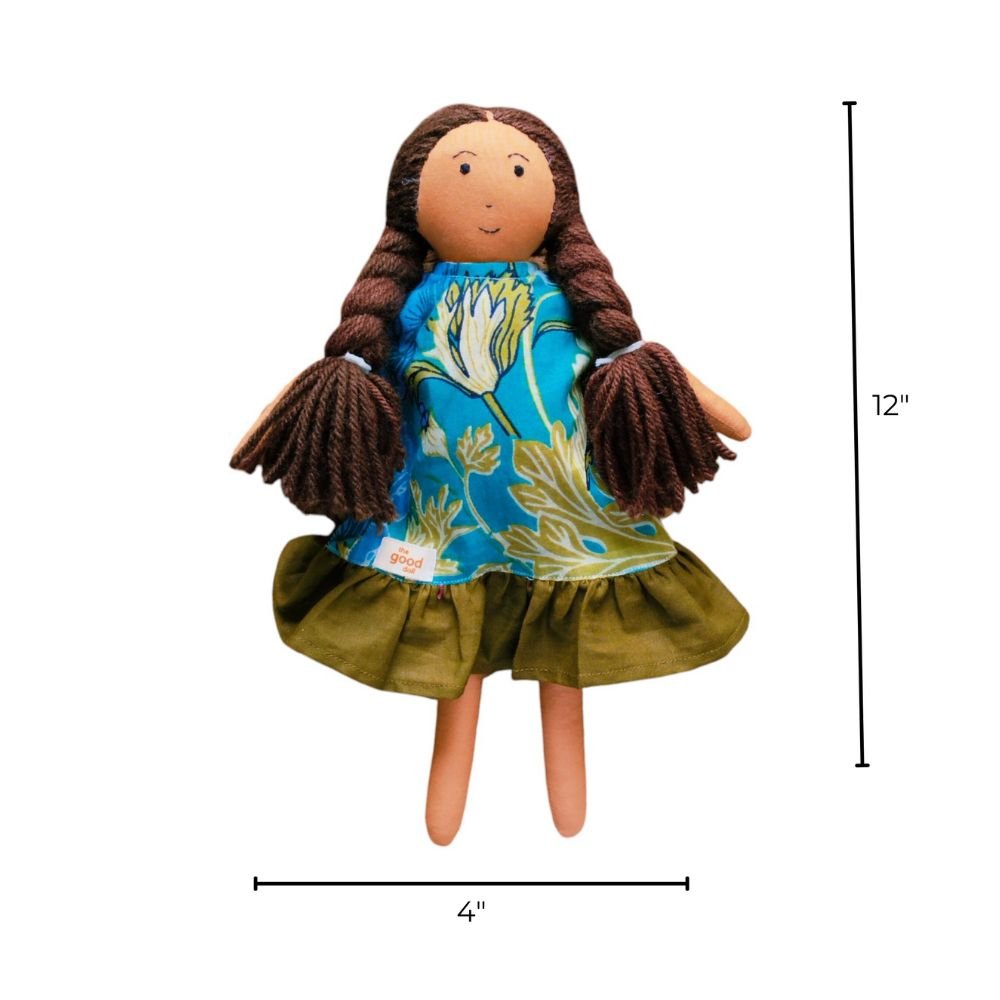



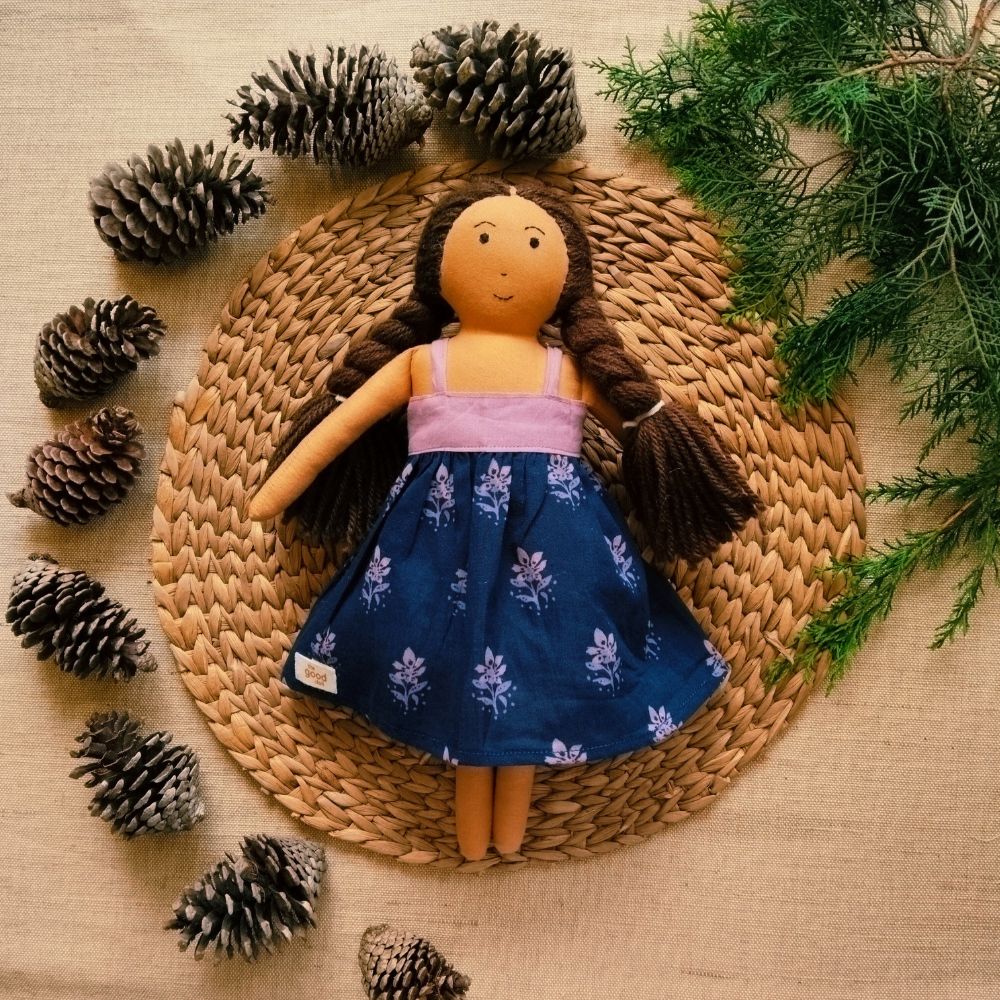
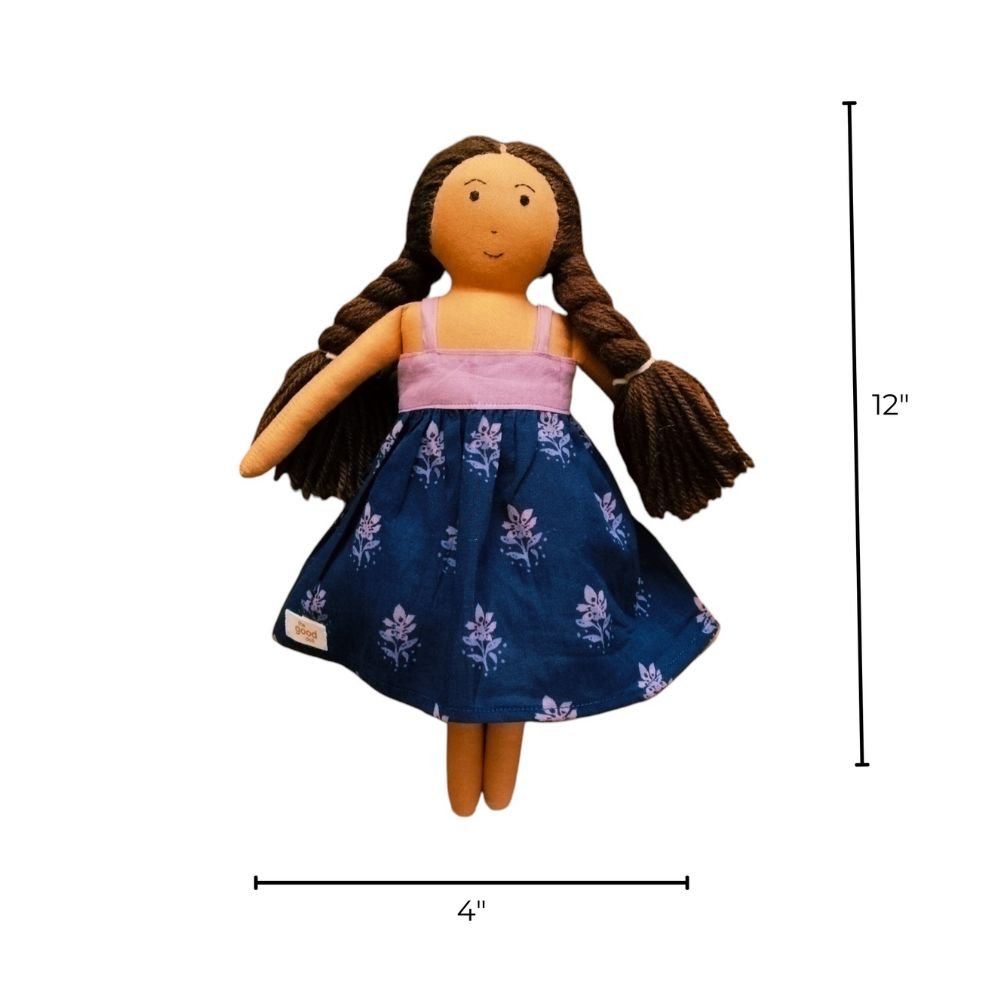
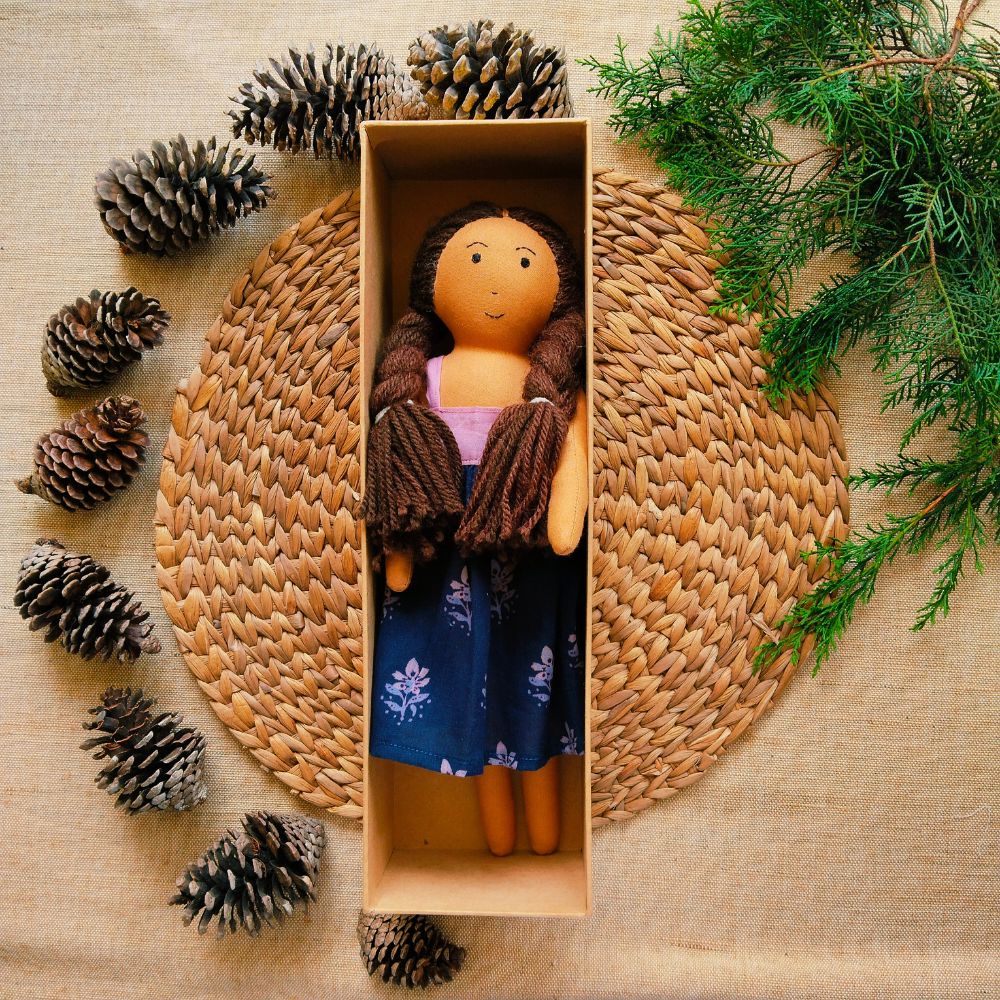





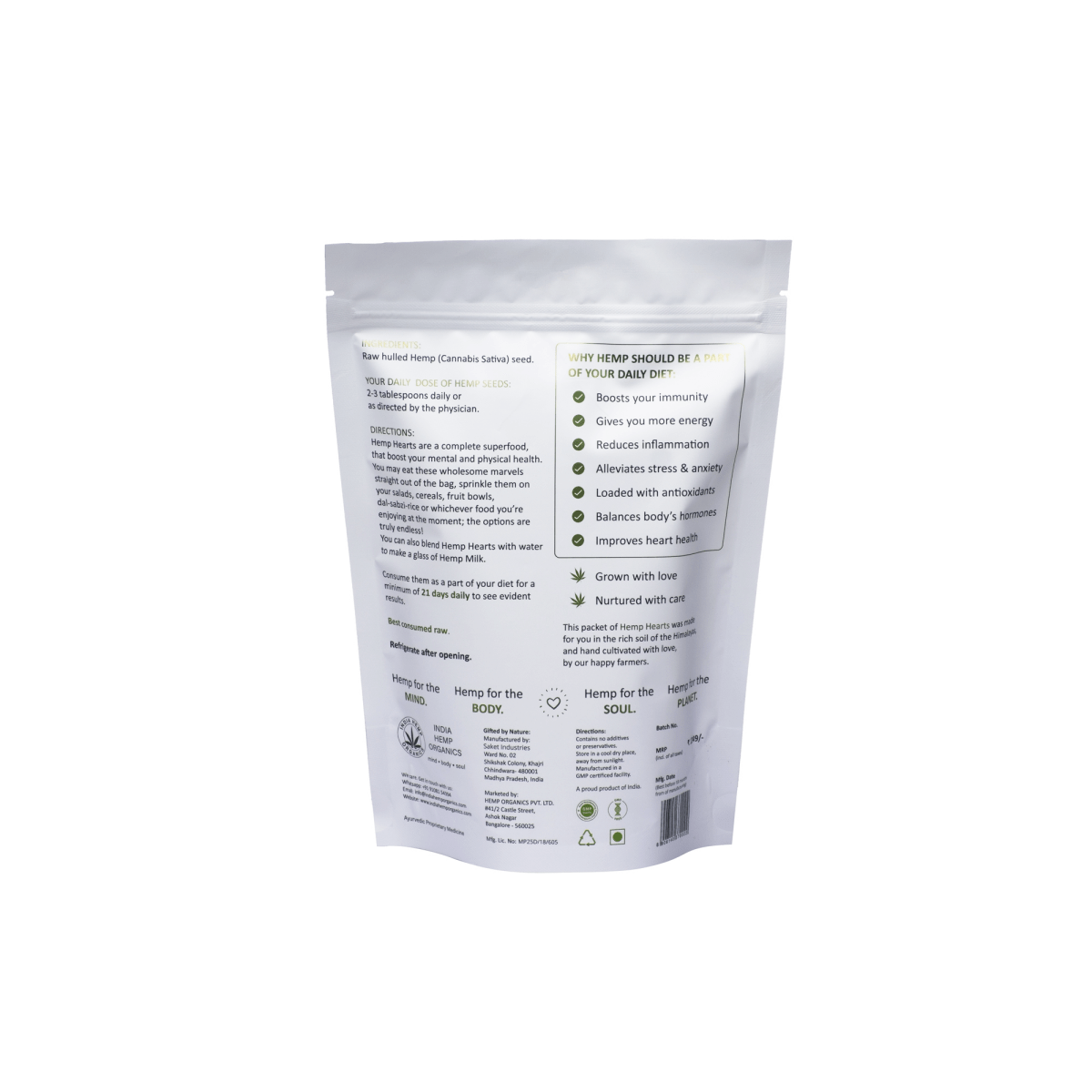




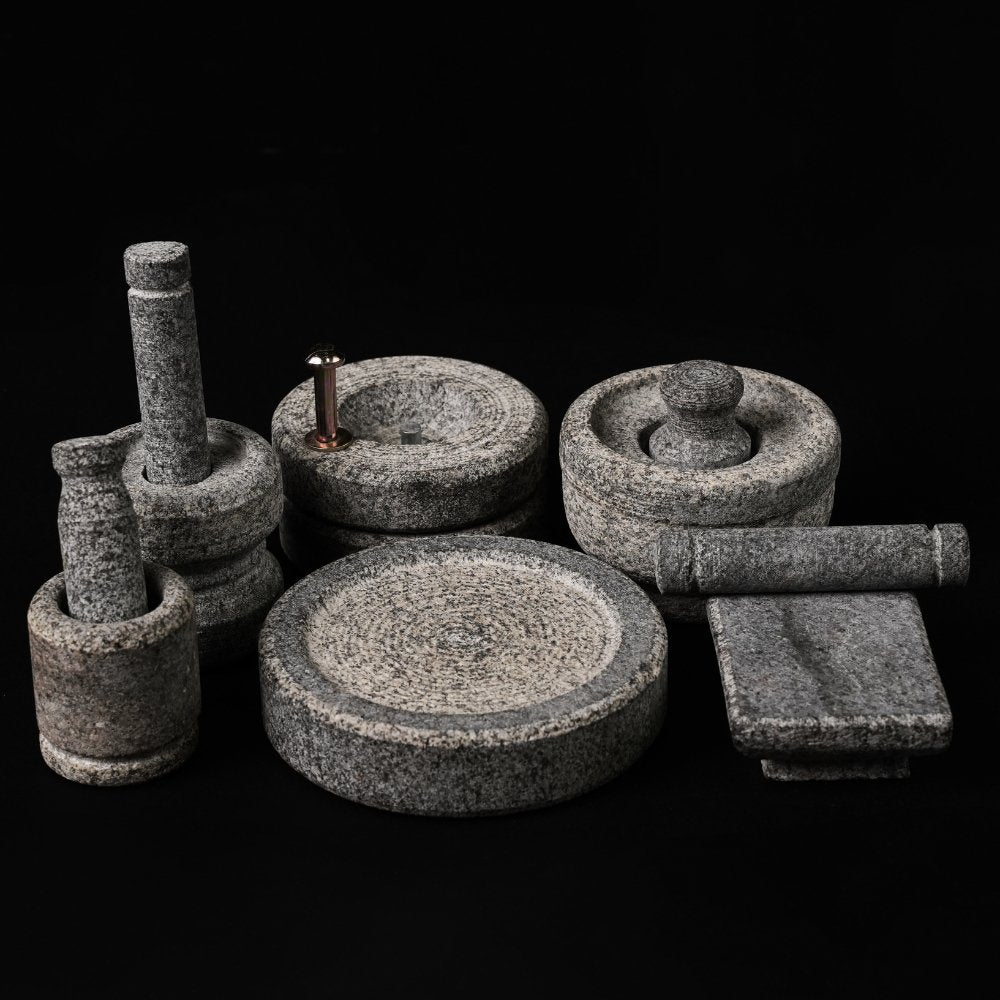




Share:
The History and Significance of Good Friday: Understanding the Sacred Day